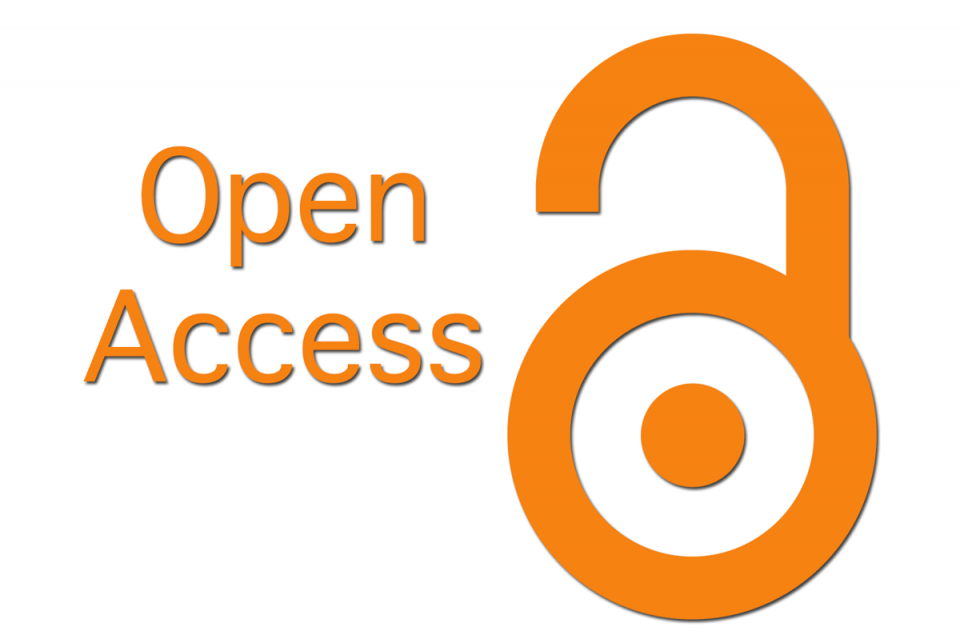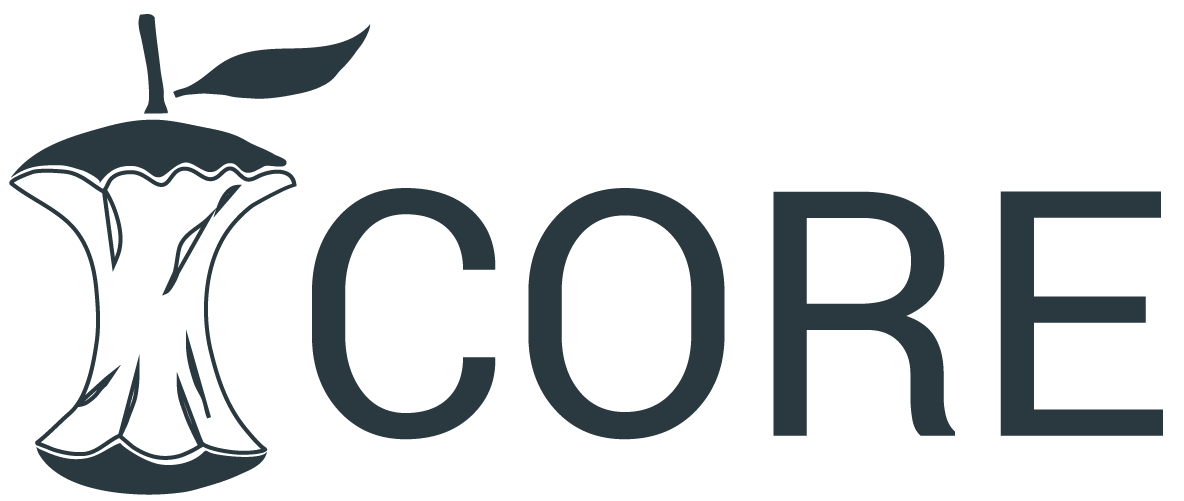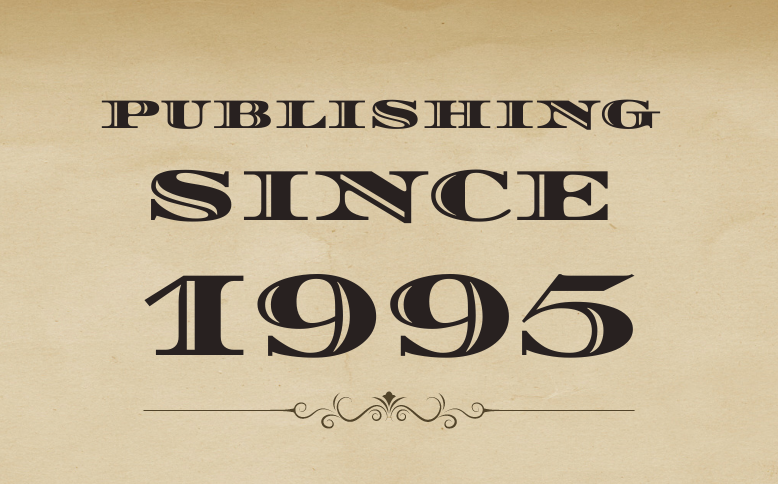A STUDY ON IMPACT OF FINANCIAL LITERACY ON WOMEN IN BENGALURU CITY
Keywords:
Financial literacy, Investments, Savings, Expenses, Investments avenues.Abstract
The growth and development of a place or people all are based on their financial condition. Finance is playing a key role for measuring the living standards of people and evaluate the economic growth of a country. Therefore, the people should have knowledge of various sources of finance investment and its importance. The purpose of this research work is to study the financial literacy of working women respondents and their preferable source of investments on financial products. In this study, financial literacy mentioned as knowledge of various investment sources of finance like bank savings, post office savings, Investment on mutual fund, capital market and gold. Hence, the study was collected information through questionnaire from different category of working women respondents. The data was collected from respondents with the questions entailing with their knowledge of various sources of financial investment and its avenues. The research study used the basic descriptive statistics and One-way ANOVA to test the hypothesis. The study found that most of the women are good in savings & borrowings, Loan issues but they have less experience in handling investment issues, calculation of interest rate, little exposure in long term investment and less interest on regular tracking expenses. Though the respondents are illiterate, but they had less exposure on financial investment. It shows that most of the women required to take financial training from the organisation with their family, friends, and other welfare associations.
Downloads
References
Agarwalla S K, Barua S K Jacob J and Varma J R 2015 Financial literacy among working young in urban India World Development 67 101-109.
Agarwal S, Amromin G, Ben D, Chomsisengphet S and Evanoff D D 2015 Financial literacy and financial planning: Evidence from India Journal of Housing Economics 27 4-21
Bashir T, Arshad A, Nazir A and Afzal N 2013 Financial literacy and influence of psychosocial factors European Scientific Journal ESJ 9(28).
Al Tamimi H 2006 Factor influencing individual investor behavior: An empirical study of the uae financial market The Business Reviewe 5(2) pp 225-32
Bayrakdaroğlu A and Şan F B 2014 Financial literacy training as a strategic management tool among small–medium sized businesses operating in Turkey Procedia- Social and Behavioral Sciences 150 148-155.
Bhushan Puneet (2014). "An Empirical study of Financial and Tax Literacy of Salaried Individuals" Jaypee University of Information Technology, Waknaghat, Solan, HP.
Chen H and Volpe R 1998 An Analysis of Financial Literacy among College Student Financial Service Review 5(2) pp 225-32.
Kim, M. J., Lee, H. S., Kim, H. S., and Gwag, M. J. (2012), Educational effects of personal finance class as liberal arts for enhancing financial literacy of university students. Consumer Policy and Education Review, 8(4), 71- 91.
Kiliyanni, A. L., & Sivaraman, S. (2016). The perception-reality gap in financial literacy: Evidence from the most literate state in India. International Review of Economics Education, 23, 47–64. doi.org/10.1016/j.iree.2016.07.001
Lusardi, A., & Mitchell, O. S. (2014). The economic importance of financial literacy: Theory and evidence. Journal of economic literature, 52(1), 5-44.
Mirshekary S and Saudagaran S M 2005 Perceptions and characteristics of financial statement users in developing countries: Evidence from Iran Journal of International Accounting Auditing and Taxation 14(1) 33-54 .
Remund, D. L. (2010). Financial literacy explicated: The case for a clearer definition in an increasingly complex economy. Journal of Consumer Affairs, 44(2), 276- 295.
Schuhen M and Schürkmann S 2014 Construct validity of financial literacy International Review of Economics Education 16 1-11 .
Swamy, V. (2014). Financial inclusion, gender dimension, and economic impact on poor households. World development, 56, 1-15.
Volpe, R. P., Chen, H., & Pavlicko, J. J. (1996). Personal investment literacy among college students: A survey. Financial Practice and Education, 6(2), 86–94.
Downloads
Published
How to Cite
Issue
Section
License
You are free to:
- Share — copy and redistribute the material in any medium or format for any purpose, even commercially.
- Adapt — remix, transform, and build upon the material for any purpose, even commercially.
- The licensor cannot revoke these freedoms as long as you follow the license terms.
Under the following terms:
- Attribution — You must give appropriate credit , provide a link to the license, and indicate if changes were made . You may do so in any reasonable manner, but not in any way that suggests the licensor endorses you or your use.
- No additional restrictions — You may not apply legal terms or technological measures that legally restrict others from doing anything the license permits.
Notices:
You do not have to comply with the license for elements of the material in the public domain or where your use is permitted by an applicable exception or limitation .
No warranties are given. The license may not give you all of the permissions necessary for your intended use. For example, other rights such as publicity, privacy, or moral rights may limit how you use the material.









